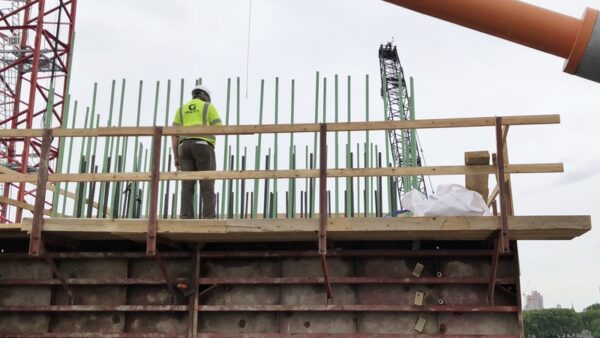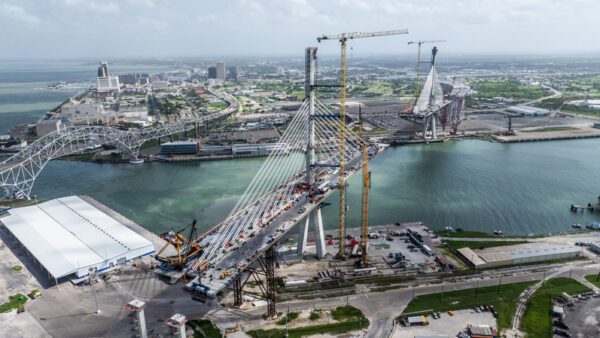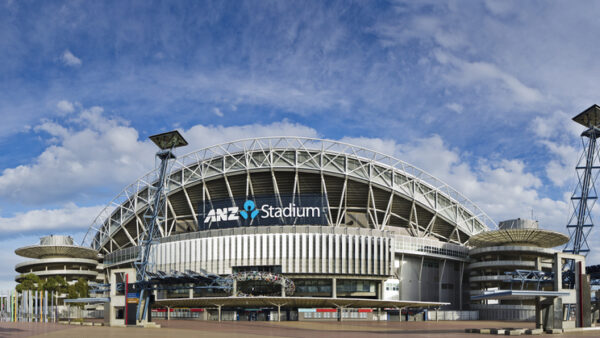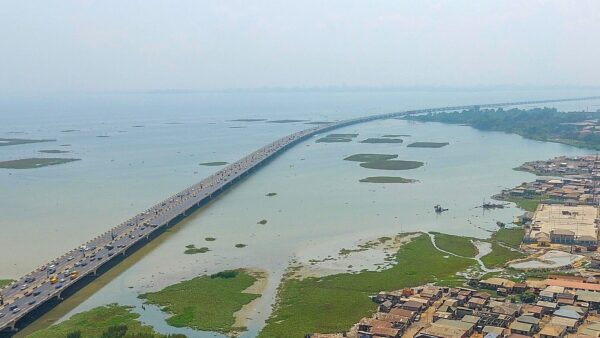UK MPs investigating the collapse of contracting and services giant Carillion have learned that serious cracks in concrete beams at a hospital under construction in Liverpool were discovered in November 2016, three months before an optimistic annual report the following March, and eight months before its shock profit warning in July 2017.
MPs say the revelation casts doubt on claims by ex-bosses that problems only came to light in the spring of 2017.
It was also revealed that the cracks were judged serious enough to risk collapse when the hospital was up and running, and that two of the beams still required fixing, despite the claim by Carillion’s former chief executive Richard Howson that the problems had been “properly rectified”.
Also this week, testimony given by the company’s auditors KPMG and Deloitte led MPs to slam them as “mere spectators at the mercy of reckless and self-interested directors”, and to say the UK’s whole system of corporate accountability is “built on sand”.
A whistleblowing former Carillion executive has further said that “anyone in the business” knew the company was in trouble by the middle of 2016, and that the company fostered a culture in which “nobody wanted to give bad news”.
Cracked beams discovered
The timing of the discovery of the defective beams at the £335m Royal Liverpool University Hospital was revealed by Charles McLeod, director of The Hospital Company, the private sector consortium set up to deliver the facility.
In response to MPs’ request for more information after they had quizzed Carillion ex-bosses on 6 February, McLeod said in a letter this week that the cracks in two integral beams were discovered on 24 November 2016.
The cracks were serious enough to necessitate the setting up of exclusion zones above and below the beams until supporting beams could be installed, McLeod said, adding that five of the eight defective beams could have failed under the load of a fully operational hospital, creating “significant safety implications for hospital patients, staff and visitors”.
A review of the design commissioned by Carillion then identified six more beams that required remedial work, without exclusion zones, with two still needing fixing, said McLeod.
Because he is currently negotiating with other contractors to finish the hospital, McLeod declined giving an immediate public answer to other questions asked by MPs, including whether there was anything else wrong with Carillion’s work, and whether the hospital might need to be demolished.
McLeod also indicated who designed and supplied the beams. He said a Carillion company, TPS Consult, had overall responsibility for the structural design of the works, while the design and installation of the relevant floor plates and integral beams was subcontracted to Heyrod Construction Ltd, who in turn subcontracted aspects of the structural design work to Freyssinet Ltd. “This is a normal process on complex concrete frame structures,” he said.
His view of the risk posed by the cracked beams differed from Richard Howson’s account given to MPs on 6 February. Then, Howson said: “As a competent contractor-and it goes back to my pride in Carillion-we did not just cover it up. We properly rectified, even though it cost, and those beams would probably never fail in their cracked state.”
McLeod has written: “Any ‘cover up’ of the defects would have had very serious consequences.”
Timing
McLeod’s letter led MPs to zero in on the issue of what Carillion knew when it issued a positive report on its 2016 annual results in March 2017.
“These famous beams are becoming an ever more perfect parable for the whole company,” said Frank Field MP, co-chair of the joint committee, adding that “the cracks were visible long before the directors or auditors admit”.
Giving evidence on 6 February, Howson and former Carillion chairman Philip Green were each at pains to give the impression that cash flow difficulties arising from problem contracts were detected only after the 2016 results were reported on 1 March 2017.
“In terms of the annual report and accounts that were signed off in March, I believe it was correct to sign off those accounts, given what we knew at that time and the judgments that we made,” Howson told MPs. “Things like the concrete beams materialised after the beginning of March.”
Philip Green concurred, telling MPs: “We were all surprised by the extent and speed of deterioration in those small number of contracts between the spring and the autumn of last year.”
Howson told MPs it took two months to ascertain the extent of the beam defects. If his recollection was accurate, that would mean the dimensions of the problem were known toward the end of January 2017.
“It then took us four or five months to do the remedial works to these large concrete beams. That caused a delay to the end of the year, which added over £20 million of cost to our completion,” he said.
In his letter McLeod said The Hospital Company reduced its monthly payments to Carillion to cover the costs of remedial work on the beams.
‘Built on sand’
Yesterday MPs questioned Carillion’s auditors KPMG and Deloitte, and The Pension Regulator, which led committee chair Frank Field to question the UK’s whole system of corporate accountability.
Over the years Carillion paid a combined £40m to KPMG as external auditor and Deloitte as internal auditor.
“These audits appear to be a colossal waste of time and money, fit only to provide false assurance to investors, workers and the public,” said Rachel Reeves, co-chair of the committee, newspaper The Times reported.
Reeves criticised the auditors after representatives admitted they had failed to visit at-risk Carillion projects and missed quarterly meetings with the Carillion board’s audit committee.
Co-chair Frank Field said: “We imagined that regulators regulate, and auditors audit. I suppose the employees, suppliers and pensioners of Carillion, and the public, did likewise. We were told this morning, however, that these highly paid individuals are mere spectators – commentators at best, certainly not referees – at the mercy of reckless and self-interested directors.
“I fear it is not only Carillion that is built on sand: it is our whole system of corporate accountability.”
Executive whistleblower
Separate to the MPs’ inquiry, a former Carillion executive who spent more than 20 years with the company has turned whistleblower, telling a newspaper that Carillion’s problems were well known to “anyone in the business” by the middle of 2016, and that the company fostered a culture in which “nobody wanted to give bad news”.
“The supply chain wasn’t being paid, money was getting transferred [between different parts of the group] to pay salaries, loans were coming in from the UK to the whole of the Middle East. By mid-2016 we were already seeing these problems,” the executive told The Guardian on condition of anonymity.
He added: “The philosophy was that it would be all right on the night and it got to a point where people wouldn’t listen to you if you weren’t on message.”
“For them to say it all happened in April and May 2017 when the world changed … it’s absolute nonsense,” he said. “[The writedowns] were all lurking and developing, they had even crystallised, but nobody was accepting it. There was no cash.”
Image: The new buildings of the Royal Liverpool University Hospital in October 2017, in which cracked beams were found in November 2016 (Rodhullandemu/Wikimedia Commons)
Comments
Comments are closed.







UK MPs investigating the collapse of contracting and services giant Carillion have learned that serious cracks in concrete beams at a hospital under construction in Liverpool were discovered in November 2016,.
The important thing is what did the TECHNICAL EXPERTS DO OR WERE THEIR WARNINGS IGNORED BY THE BOSSES? If ignored then would it not have been the duty of the experts to alert the Client or Authorities?
Were any one in the Regulatory Agencies aware of the cracks?
COLLUSION ALL AROUND!